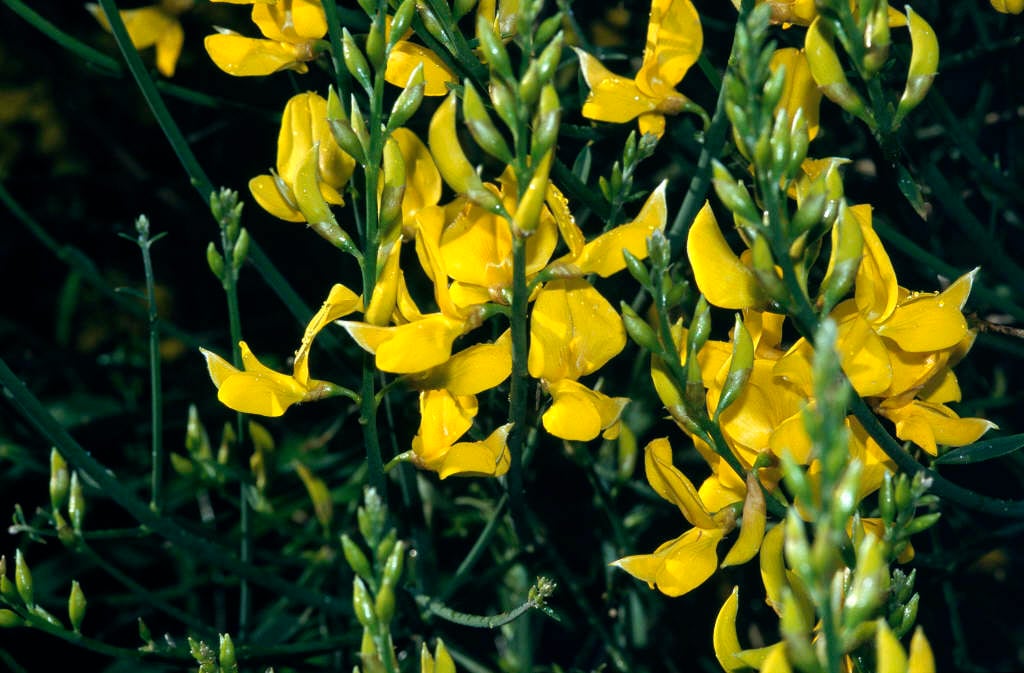Size
Ultimate height
1.5–2.5 metresTime to ultimate height
5–10 yearsUltimate spread
1.5–2.5 metresGrowing conditions
Moisture
Well–drainedpH
Acid, Alkaline, NeutralColour & scent
| Stem | Flower | Foliage | Fruit | |
| Spring | ||||
|---|---|---|---|---|
| Summer | Yellow | |||
| Autumn | Yellow | Brown | ||
| Winter |
Position
- Full sun
Aspect
North–facing or East–facing or South–facing or West–facing
Exposure
Exposed or ShelteredDrought resistance
Yes Hardiness
H5Botanical details
- Family
- Fabaceae
- Native to GB / Ireland
- No
- Foliage
- Evergreen
- Habit
- Bushy
- Potentially harmful
- Harmful if eaten. Wear gloves and other protective equipment when handling Pets (dogs): Harmful if eaten - for further information and contact numbers regarding pets, see the HTA guide to potentially harmful plants
- Genus
Spartium are broom-like deciduous shrubs with slender green stems bearing sparse, small simple leaves and fragrant pea-like yellow flowers in terminal racemes in summer and early autumn
- Name status
Correct
- Plant range
- Azores to E. Medit.
How to grow
Cultivation
Thrives on poor, well-drained soils in exposed, sunny sites and can become leggy in sheltered positions. Good for coastal situations and chalk but is not fully hardy in the UK
Propagation
Propagate by seed sown in containers in a cold frame in autumn or spring
Suggested planting locations and garden types
- Coastal
- Wall side borders
Pruning
Pests
Generally pest-free
Diseases
Love gardening
Sign up to receive regular gardening tips, inspiration, offers and more
View our Privacy Policy
Get involved
The Royal Horticultural Society is the UK’s leading gardening charity. We aim to enrich everyone’s life through plants, and make the UK a greener and more beautiful place.
